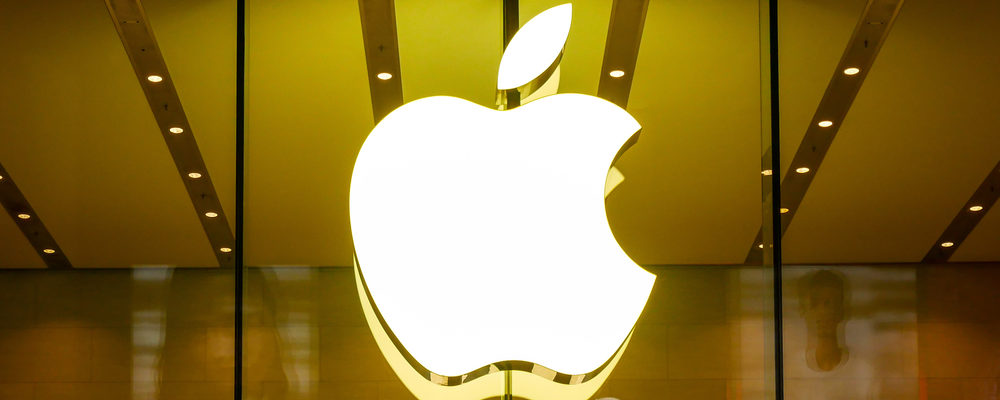Workers at the brand-new HQ of the world’s biggest technology company have rounded on their bosses over the design of their office environments. Following six years of design, development and construction – at a cost of $5 billion – Apple has faced a backlash from angry employees who are flummoxed by the unorthodox layouts they must now work in.
According to an article at bizjournals.com, arrangements at the new campus – named Apple Park – have “many company engineers working at long tables with co-workers, instead of in cubicles or offices [and] some employees have reportedly insisted on their own space outside of the main spaceship-style building”.
Apple Park’s revolutionary, open-plan style has apparently vexed seasoned staff, who are more accustomed to quieter conditions and their own spaces to think and work in. A Bloomberg report from last autumn on how Apple Park was coming together suggested that the innovative space had been designed to facilitate collaboration. However, it appears as though it has inadvertently spawned alienation. Not even the presence of a 100,000sq ft fitness and wellness centre is cutting any ice with the Apple faithful.
What does this tell us about the factors that leaders should consider when they are mulling large-scale changes to their employees’ surroundings?
The Institute of Leadership & Management's head of research, policy and standards Kate Cooper says: “We could gain some insights here from anthropologist Robert Ardrey’s 1966 text The Territorial Imperative, in which explored the human instinct to acquire and retain territory. If we look at Ardrey’s theories in a modern context, the resistance and discomfort that people experience with models such as hot desking stems from their inability to stake a claim to certain territory within the office, and to make it their own by displaying artefacts such as personal items. People not only like their own space – they enjoy the freedom to signify that space, too.
“Secondly, I think what may have been left aside in the Apple scenario is people’s need for intimacy. There will be co-workers with whom you will need to work with more closely than others because of the nature of the work that you do. You can’t really have the same close, confident relationship with tens, dozens or even hundreds of people who will surround you in an open-plan setup. Everybody doesn’t always need to be involved in everybody else’s conversation, and that constant exposure could act as an inhibitor. So, private space – which again ties into Ardrey’s thoughts, is in many ways a useful resource.”
For Cooper, the fundamental point here is whether or not Apple actually asked its staff what they wanted. She says: “If the company had involved its people in the design, it could have said to the workforce: ‘We want you to be able to work collaboratively; we want communication to be easy, so you don’t always have to rely upon electronic modes; we want you to be able to connect, because work is for many people a social space. So how should we lay out the office to best achieve those objectives?’
She adds: “It’s a challenge, because the very shape of the workplace is in the middle of a radical evolution. The traditional image of the office is being replaced by that of dispersed teams, networking across continents and time zones. However, the social need to connect is still there, and being able to see other people around you can be hugely beneficial to morale. While it’s difficult to take a definitive position on what works best amid a period of such rapid change, we must recognise that an increasing number of knowledge workers need time to think and reflect upon these issues, and make their own, small contributions to this ongoing project, which encompasses workers of all types, no matter where they are.”
Click here for more on the advantages and disadvantages of open-plan offices
For further thoughts on leading change, check out these learning resources from the Institute
Image of Apple logo courtesy of thanat sasipatanapa, via Shutterstock

